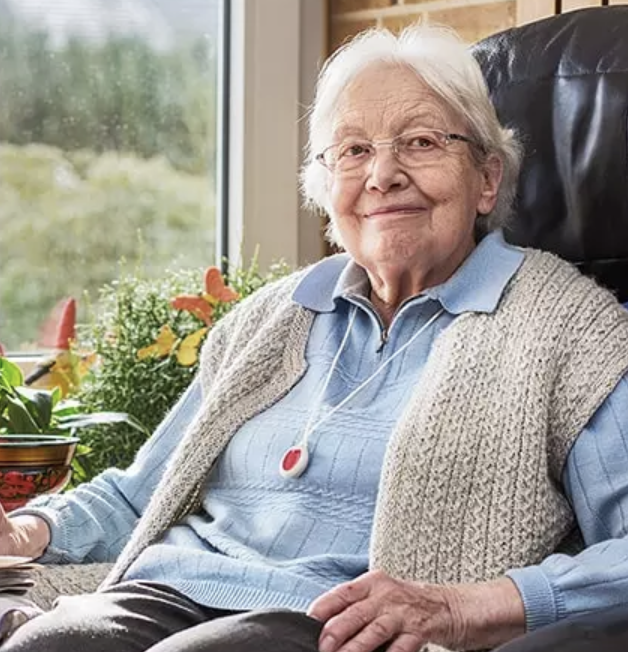
As we age, the risk of injuries becomes a growing concern for both individuals and their caregivers. Injuries can have severe consequences for the elderly, often leading to reduced mobility, increased healthcare costs, and a lower quality of life. However, with the right precautions and awareness, many of these injuries can be prevented. In this article, we will explore the various strategies and tips for preventing injuries in the elderly.
Preventing falls among the elderly is crucial to avoid injuries like fractures and head trauma. Implementing effective strategies can significantly reduce fall risks. Here are some key steps to enhance safety:
1. Optimizing home environment:
Find YOUR ideal care home NOW!
- Ensure adequate lighting throughout the home and eliminate tripping hazards.
- Install grab bars and non-slip mats in bathrooms to enhance stability.
- Encourage regular exercise to enhance balance and strength, reducing the likelihood of falls.
2. Prioritizing home safety measures:
- Secure loose rugs or remove them altogether to prevent tripping.
- Maintain clear walkways by keeping them free of clutter and cords.
- Install sturdy handrails on staircases to provide support and stability.
- Arrange frequently used items within easy reach to avoid unnecessary bending or stretching.
3. Effective medication management:
- Organize medications using a pill organizer to ensure adherence to prescribed doses.
- Follow a strict medication schedule as advised by healthcare providers.
- Maintain an updated list of all medications and share it with relevant healthcare professionals to prevent adverse reactions.
4. Regular eye and ear check-ups:
- Schedule routine eye and ear examinations to detect and address vision and hearing impairments promptly.
- Addressing sensory impairments can help prevent accidents related to misperception of environmental cues.
5. Promoting foot health:
- Wear comfortable and supportive footwear to maintain stability while walking.
- Conduct regular foot inspections to identify any signs of sores, blisters, or swelling, especially crucial for individuals with diabetes.
- Maintain proper foot hygiene to prevent infections and foot-related complications.
6. Utilizing assistive devices:
- For individuals with mobility issues, assistive devices such as canes, walkers, or wheelchairs can significantly improve safety and mobility.
- Ensure proper fitting and usage of these devices as prescribed by healthcare professionals.
Assistive Devices for Fall Prevention
| Device | Purpose | Recommended Use |
|---|---|---|
| Cane | Provides additional support when walking | For individuals with mild balance issues |
| Walker | Offers stability for those with mobility concerns | Best for those needing extra support for longer distances |
| Wheelchair | Ensures safe mobility for individuals with severe movement limitations | Used for long-term mobility assistance |
| Grabber Tool | Helps retrieve objects without bending | Prevents falls due to overstretching |
| Raised Toilet Seat | Reduces strain when sitting or standing | Ideal for seniors with joint pain or arthritis |
Preventing injuries among the elderly requires a collaborative effort involving individuals, caregivers, and healthcare providers. By implementing these comprehensive fall prevention strategies, elderly individuals can enjoy a safer and more fulfilling life. Increased awareness, education, and regular check-ups are essential components in safeguarding our elderly loved ones from the risks of falls and their associated consequences.
FAQ:
1. What are the most common causes of falls in the elderly?
Falls often occur due to poor balance, weakened muscles, medication side effects, vision impairments, home hazards, or improper footwear.
2. How can home modifications help prevent falls?
Simple modifications such as installing grab bars, securing rugs, using non-slip mats, and ensuring adequate lighting can greatly reduce fall risks.
3. What role do medications play in fall risk?
Certain medications can cause dizziness, drowsiness, or impaired balance. Regular medication reviews with healthcare providers help prevent such issues.
4. How often should seniors get their eyes and ears checked?
Regular eye and ear exams (at least once a year) help detect changes in vision or hearing that may contribute to falls.
5. What type of footwear is best for fall prevention?
Supportive, non-slip, well-fitting shoes with a low heel and good traction help maintain balance and prevent slipping.
We are here to help you choose a care home or facility best suited to your needs. Do not hesitate to contact us on the following number: 0230 608 0055 or fill out this form.
Do you need a care home for yourself or your loved one?
Share this article :
Latest posts
You are looking for an establishment for your loved one ?
Get availability & prices
Fill in this form and receive
all the essential information
We would like to inform you of the existence of the opposition list for telephone canvassing.

.webp)









